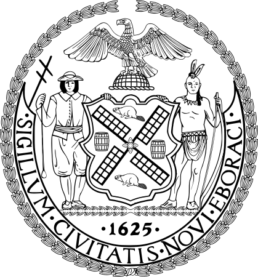With a comprehensive plan to reduce waste, improve recycling rates, and divert organics from landfill, New York City aims to reduce the amount of material it sends to landfill by 90% by 2030.
New York City’s Zero Waste plan is to eventually eliminate the use of landfills. Through a combination of waste reduction, reuse and recycling programs, and wastewater treatment plants with anaerobic digestion that harness food scraps to create energy, the city aims to achieve 90% reduction in waste to landfill and render landfills a thing of the past.
The city is already well on the way to achieving its goal, as initiatives such as expanding the collection of organics, implementing more zero waste school programs, increasing recycling of textiles and electronics, and reducing the use of non-recyclable materials have led to a 22% drop in emissions from the solid waste sector. Aside from reducing waste, these initiatives will help alleviate another challenge for the city: limiting the number of trucks needed to collect and transport waste to landfills. Reducing the number of these vehicles will minimize neighborhood traffic congestion and limit associated emissions.
2.56 million metric tons of CO2 will be reduced by 2050
The challenge
More than six million tons of waste are disposed of yearly in New York, and with no local landfills, the city’s current solution of trucking waste to out-of-state landfills not only has negative environmental and social consequences, but is extremely costly. The zero waste plan will thus limit the city’s CO2 emissions, improve conditions in affected neighborhoods, and save the city a great expense.
Co-benefits
Economic Eliminating the transportation of waste to landfills will save the city more than $310 million a year.
Environmental The average New Yorker throws out about 11 kg of waste every week, adding up to six million tons of waste per year. Reducing the waste volume will decrease air pollution with fewer trucks transporting waste to landfills.
Health Waste reduction and less truck traffic will improve pedestrian safety, respiratory health, and overall quality of life.
Social The zero waste plan continues the city’s commitment to reducing the impact of its waste management system on historically overburdened poor and minority communities including but not limited to the South Bronx, North Brooklyn, and Jamaica neighborhoods.
About New York City
The City of New York, often called New York City or simply New York, is the most populous city in the United States. With an estimated 2016 population of 8,537,673 distributed over a land area of about 302.6 square miles (784 km2), New York City is also the most densely populated major city in the United States. Many districts and landmarks in New York City have become well known, and the city received a record 61 million tourists in 2016, hosting three of the world’s ten most visited tourist attractions in 2013.


